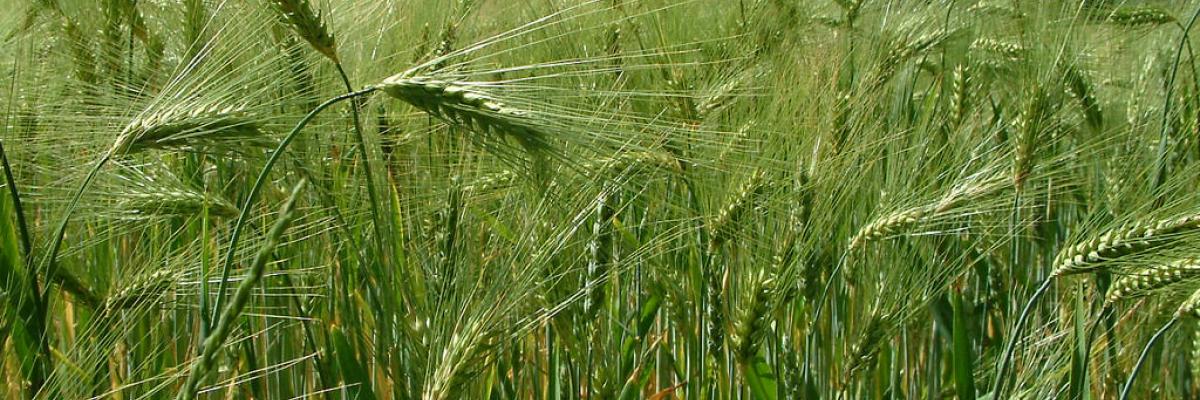
What could farmers do to rely less on neonicotinoids?
Bee Declines & Pesticides factsheet 6
Download the PDF
This factsheet, one of a series produced by Pesticide Action Network UK, discusses issues surrounding use of neonicotinoids. It notes use of neonicotinoids that fail to adhere to the Integrated Pest Management (IPM) principles of using chemicals based on need. It examines instances in which pesticide use as an ‘insurance policy’ does not necessarily improve crop yield. With this in mind, it looks at ways you can reduce pesticide use on arable crops, and focuses on alternative methods of pest control you could use in growing oilseed rape. It also recognises the need for more accurate and accessible information about the prevalence and potential threat of individual pests so that you can make informed decisions based on effects of pests on yields. It suggests other ways in which you might be supported in reducing neonicotinoid use - through the implementation of policy measures that provide you with an incentive to reduce pesticide use.
- Default preventative neonicotinoid treatments of seeds and soil are widespread and fail to conform to Integrated Pest Management (IPM) principles where use should be in response to identified need.
- In the longer term, the reduction of neonicotinoid use is in your interest: cases of resistance have already occurred.
- Farmers and growers in France have demonstrated (on arable crops) that you can reduce pesticide use by at least 30% without adverse effects on your income or yields.
- It is not always necessary to control pests in all seasons and in every field. If you monitor which specific pests significantly reduce yields, and at which times of year crops are particularly vulnerable, you will be able to identify more accurately where pesticide use is not needed.
- You can effectively control pests through practices such as diversifying crop rotations and using grass or floral strips that attract and increase habitats for natural enemies to harmful pests. You can also consider using more pest tolerant crop varieties.
- More research and investment is needed to help encourage a move away from use of neonicotinoids. Policy measures in the supply chain could also support decisions to use alternative methods of pest control.

